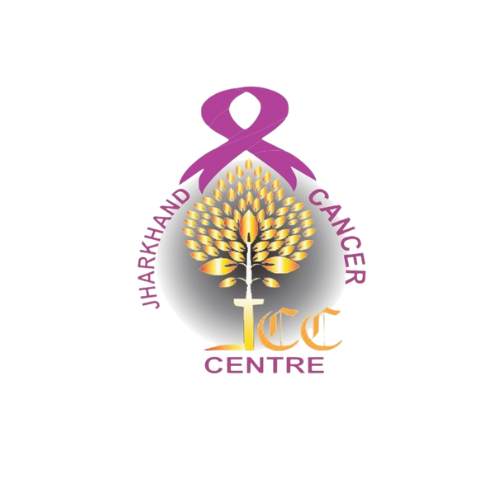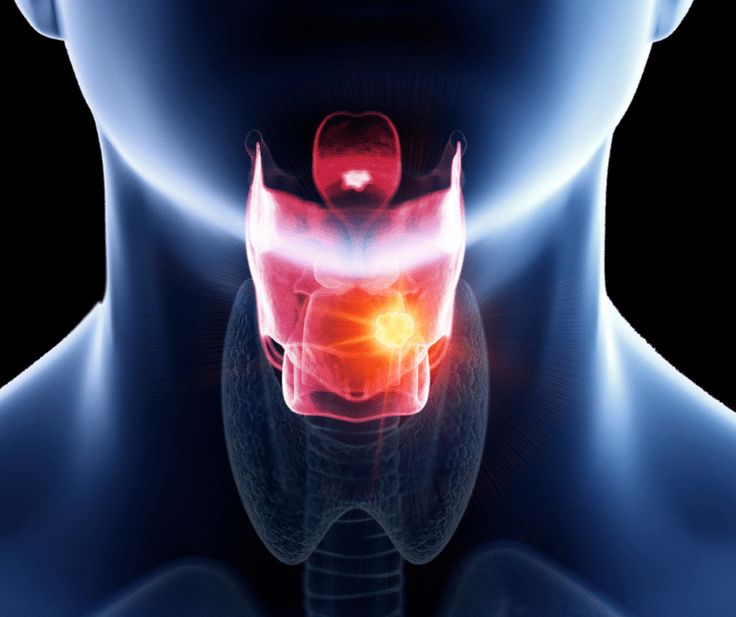What is head & neck cancer?
Head & neck cancers usually begin in the mouth, throat (oropharynx), voice box (larynx), nose/sinuses, or salivary glands. They often start in the surface lining cells and can grow locally or spread to nearby lymph nodes in the neck. Many cases are curable when detected early and treated by a specialized team.
Common signs & symptoms
Watch for a mouth sore that does not heal, persistent sore throat, difficulty swallowing, change/hoarseness of voice, a lump in the neck, unexplained weight loss, ear pain (especially on swallowing), white/red patches in the mouth, or nosebleeds/blockage. Symptoms lasting more than 2–3 weeks should be evaluated.
Risk factors & prevention
Tobacco (smoked or smokeless) and alcohol are major risks; stopping both significantly lowers risk. Some throat cancers are linked to HPV infection—HPV vaccination and safe practices reduce this risk. Good oral hygiene, a nutritious diet, and regular dental/ENT check-ups aid prevention and early detection.
Screening & early detection
Routine self-awareness and dental/ENT check-ups help spot early changes. Clinicians may use mirrors or flexible endoscopy to inspect the throat and voice box. High-risk individuals (tobacco/alcohol users) should undergo periodic examinations as advised by their care team.
How is it diagnosed?
Evaluation includes a detailed exam, endoscopy, and imaging (ultrasound/CT/MRI/PET-CT as needed). A biopsy confirms the diagnosis and cancer type. In oropharyngeal cancers, testing for HPV (e.g., p16) may guide treatment. Staging determines how extensive the disease is and helps select the best therapy.
Treatment overview
Treatment is personalized. Options include surgery (often with neck node management), radiation therapy, and systemic therapy (chemotherapy, targeted agents, immunotherapy) either alone or in combination (e.g., chemoradiation). Rehabilitation—speech and swallow therapy, dental care, nutrition, and psychosocial support—is essential for recovery and quality of life.
Living well during & after treatment
Many patients maintain daily activities with guidance. Follow a soft/appropriate diet if advised, practice swallow/voice exercises, and attend scheduled check-ups to monitor recovery and watch for recurrence. Quitting tobacco and alcohol, plus vaccination and oral hygiene, are important long-term steps.

